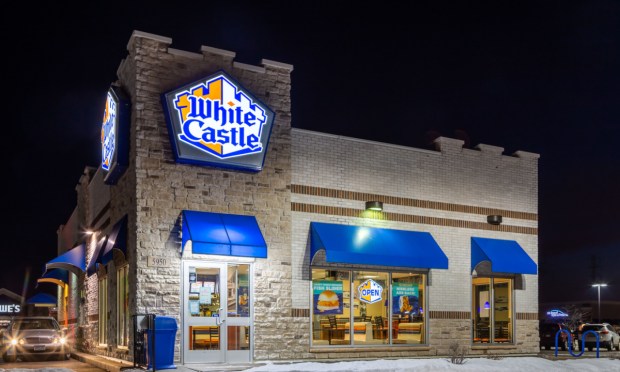White Castle: QSR Voice AI Will See ‘Rapid Advance’ in 2024

In 2024, voice automation will continue to rapidly gain traction in the restaurant industry, boosting drive-thru efficiency and better meeting consumer demand for the channel, according to White Castle’s Jamie Richardson.
Richardson, vice president of marketing and public relations at the quick-service restaurant (QSR) chain, said in an interview with PYMNTS that he anticipates a surge in voice automation in restaurants in the year ahead, especially at the drive-thru.
“[In 2024], I think [we’ll see] rapid advance, I think increasing consumer acceptance, and advances in the quality of experience for both team members … as well as customers,” Richardson said. “If there’s an accelerator principle at play that any of us ever hypothesize, now it’s truer than ever.”
Many consumers, for their part, are not sold on voice artificial intelligence (AI) yet, according to the PYMNTS Intelligence report “How Consumers Want To Live In The Voice Economy,” which draws from a survey of more than 2,900 U.S. consumers. The study finds that only 8% believe that voice assistants are as smart and reliable as people and can assist with daily tasks and activities as well as humans, and only another 16% believe that the technology will get there within the next two years.
Meanwhile, 22% of consumers believe it will take three to five years, 26% think it will take more than five years, and 12% believe the technology will never be as smart and reliable as people.
Indeed, fulfilling voice orders is a highly complex task.
“We might have thought, a couple of years ago, that there might be dozens of ways to order a certain item,” Richardson said. “It turns out there’s hundreds, if not thousands, because how we speak and how we share what we’re asking for is as varied as we are as individuals.”
Still, restaurant customers are beginning to engage with AI. The PYMNTS Intelligence study “Preparing for a Voice Commerce Future Report: Gen AI Raises the Bar on Consumer Expectations for Smart Voice Assistants,” which is based on a survey of more than 2,900 U.S. consumers, reveals that 11% use the technology to make reservations at restaurants.
Additionally, automation overall is catching on across the industry. A study cited in the report “B2B and Digital Payments Tracker®: Inflation Puts Technology on the Menu for Restaurants,” a PYMNTS and American Express collaboration, found that 76% of restaurants are already using automation in at least three areas of operations.
For QSRs in the U.S., the drive-thru channel is essential, but eateries often lose consumer loyalty due to long wait times and slow service. As such, voice automation technology presents an appealing opportunity for restaurants, especially if they can get it right.
“Anything that removes barriers to the drive-thru is a win. Voice assistance can be a huge one for team members and for customers,” Richardson said. “So, in general, I just think those who are able to deploy pretty rapidly and have buy-in from their teams and acceptance from customers — that’s standard-setting and essential for long term success.”

